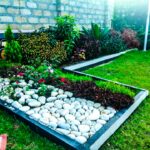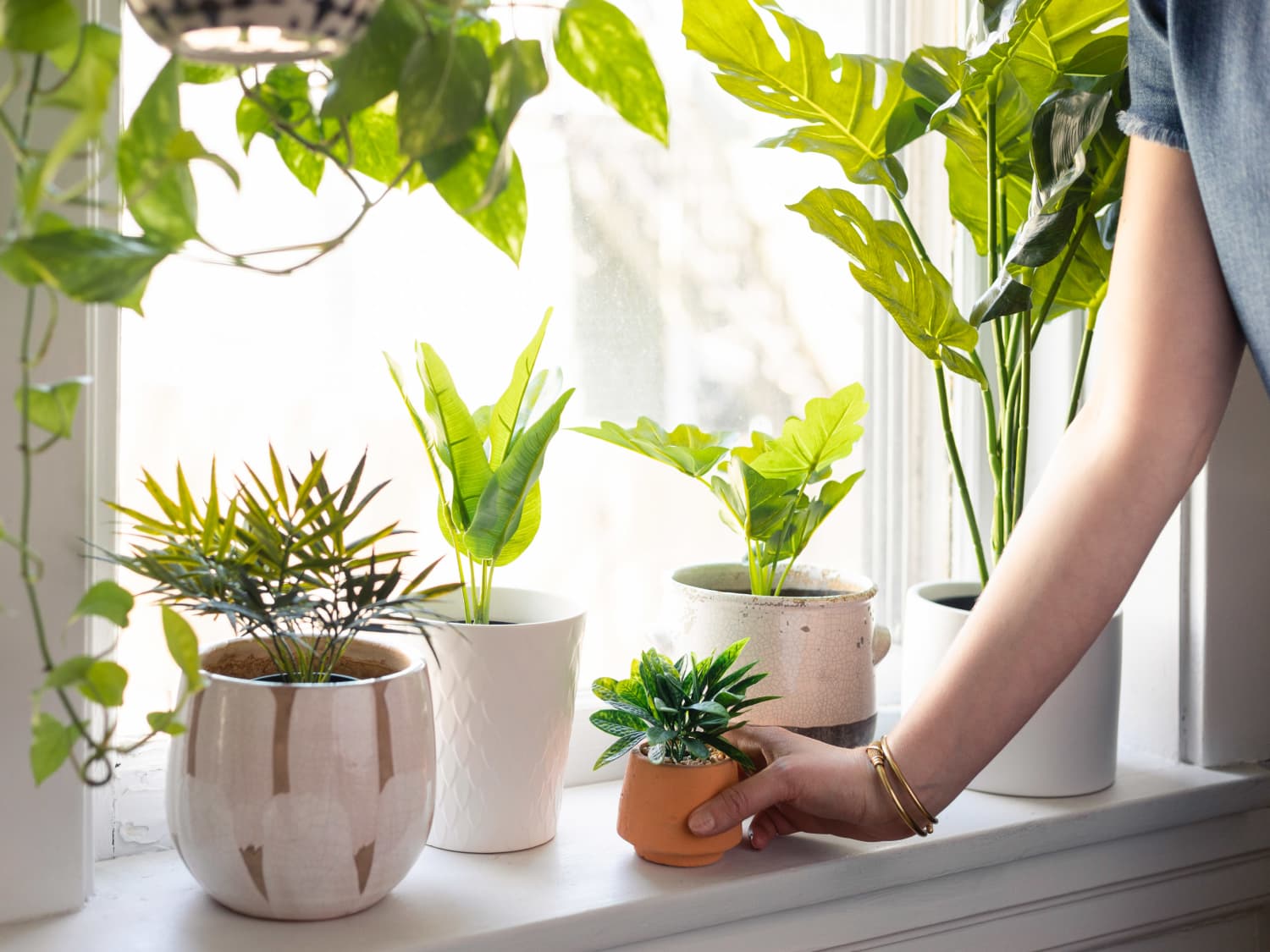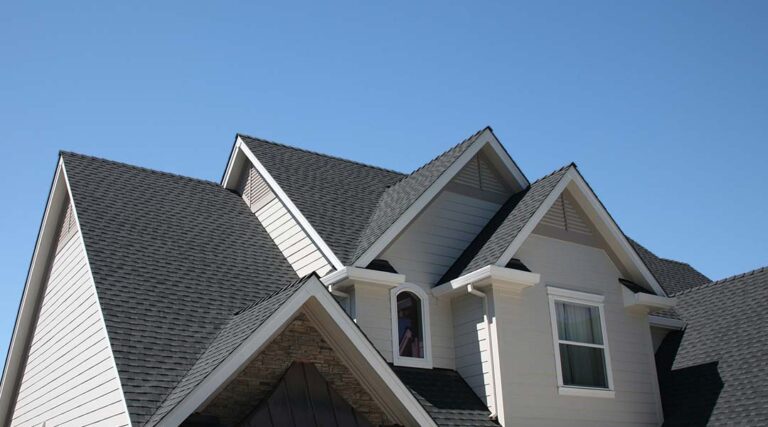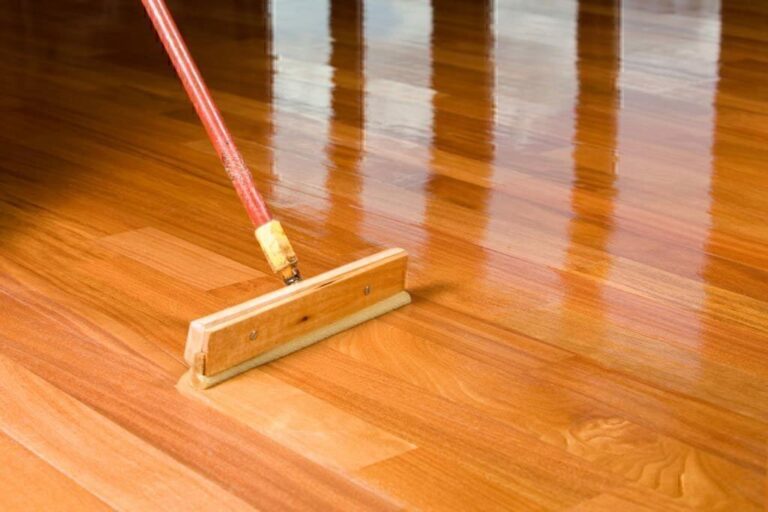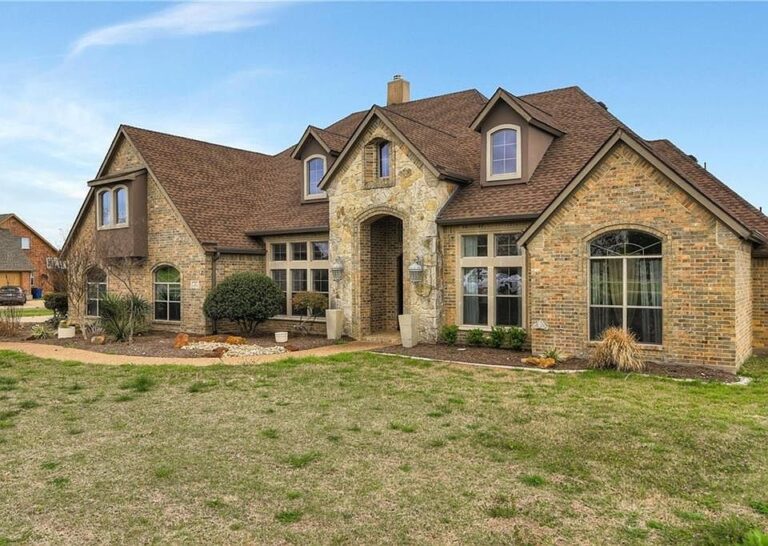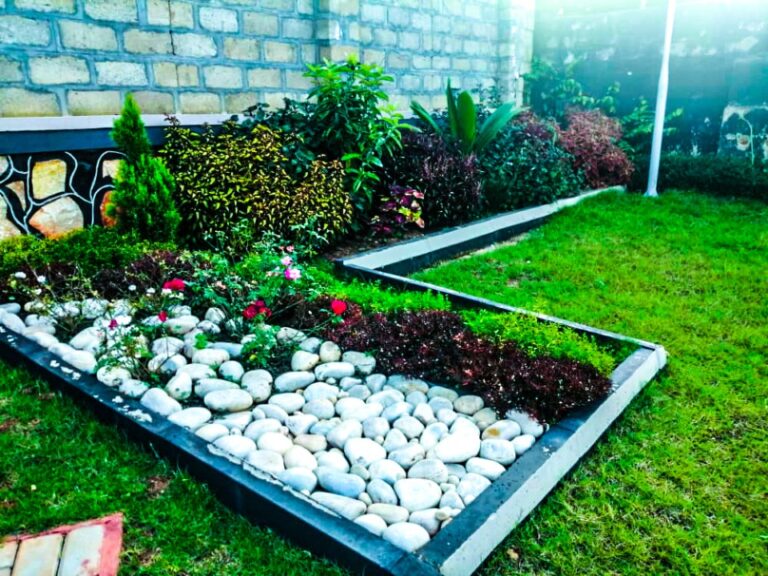Plants need the sun to grow. But that does not mean that plants can’t grow indoors. There are ways for plants to get the much-needed nutrients to grow inside a house with limited access to the sun’s rays. One effective way is to use grow lights for indoor plants. Read on to learn more about how grow lights work for indoor plants.
Indoor Grow Lights for Plants
In indoor situations with limited natural light, grow lights can replicate sunlight to support the plant’s growth and development. They support photosynthesis and flowering. These lights are very helpful in supplementing or replacing the real sunlight which is vital for a plant.
There are different types of grow lights for indoor plants – fluorescent, LED, and HID grow lights. They each have varying efficiency and light spectrum advantages.
Incandescent
This is the least expensive option in the market for indoor plant grow lights. The downside is that they use the most energy and don’t give off much light. When using incandescent grow lights, make sure not to place them too close to the plant as they give off too much heat which can be damaging.
Fluorescent
They are more energy-efficient than incandescent lights. And that may also mean that these lights are more expensive. They can produce just a good amount of light spectrum for plants. Fluorescent grow lights also have a lower heat output. These lights are often available in tube designs.
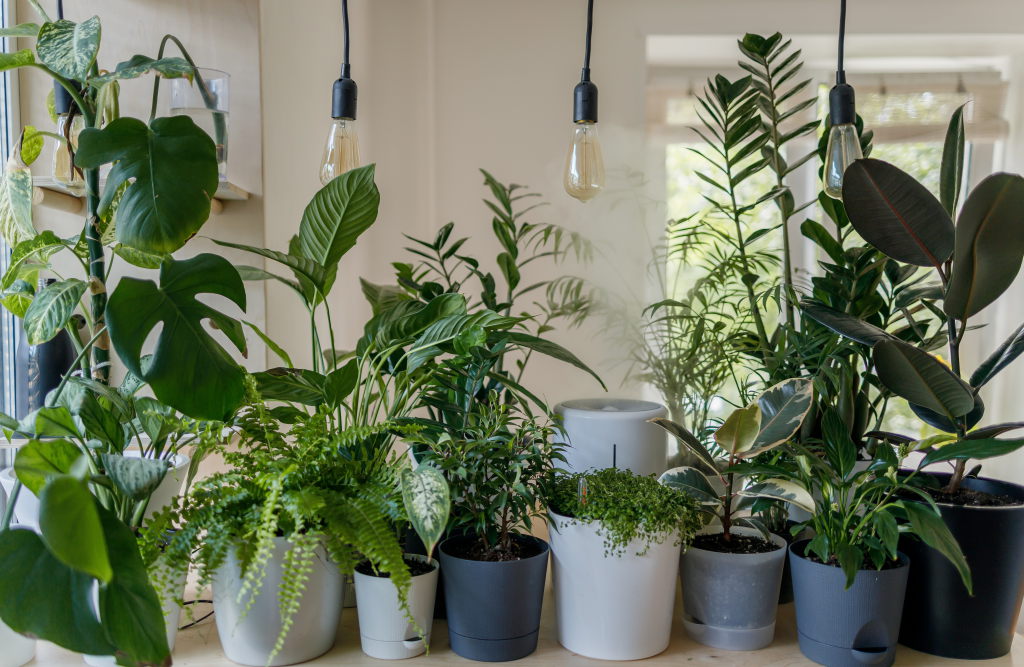
LED (Light Emitting Diode)
This is by far the most recommended type of grow light for indoor plants. The LED grow lights are energy-efficient, cost-effective, and provide an ideal light spectrum. This is the perfect lighting option for all types of plants. LED lights have a low heat output so it will not be a problem if plants are too close to them.
High-Intensity Discharge (HID)
This is the most ideal for commercial plant-growing settings. That is why they are often sold for large-scale installations. High-intensity discharge (HID) lights have an extremely high light output that can accommodate the light demand of plants.
Tips for Effective Grow Light Usage
One common question homeowners have is for how long should a grow light be turned on? Plants need enough light to grow. When using grow lights at home, they should be on for 8–10 hours a day. This would be enough to simulate natural light for plants. It is best to buy a grow light with automatic on and off settings. The light timers will ensure that the plants indoors will receive enough light to grow and thrive.
Grow Lights: Which is Best for a Home Setting?
There are different options to choose from when it comes to grow lights for an indoor setting. But which one is best for a home? For most homes, they need lighting that is enough for a small-scale need. A full-spectrum LED grow light is the best option for a home. These lights are cheaper and easier to find. They also use less energy, but enough to provide the light and heat needed for plants to grow indoors.






